
At the end ofOctober, the32ndAsia-Pacific Economic Cooperation (APEC) Leaders’ Informal Meeting was held in Gyeongju, South Korea.Leadersfrom21member economies gathered to discuss trade cooperation, regional stability, digital economy and sustainable development.
The meeting was not only a windfall for the global economy, but also injected new signals for Asia-Pacific cooperation in a complex international situation. In particular,the meeting and dialogues between the Chinese and U.S. heads of statehave become the focus of outside attention and are considered themost influential moments ofthis year’sAPEC.
From Gyeongju, the pace of Asia-Pacific cooperation is picking up again. With the nextAPECconfirmed to be held in China, global attention is once again focused on the East: a more open, interconnected and strategically deeper Asia-Pacific landscape is taking shape.
Video source: CCTV news, infringement and deletion of contact

I. Gyeongju Summit:
Asia-Pacific cooperation takes a turn for the worse as China and US chiefs restart communication
1. Latest signals: communicating recovery, more valuable than confrontation
At this year’sAPECSummit, the face-to-face dialog between the Chinese and US heads of state became the focus of public opinion.
Both sides in the talks on macroeconomic stability, artificial intelligence governance, climate change and regional security and other topics to start exchanges, releasinga “restart communication, reduce friction“positive signals.
Although this dialogue did not bring a breakthrough agreement, but enough to make the global market feel a hint of“stable temperature“, at least, the two most important economies in the Asia-Pacific region to sit at the negotiating table again.
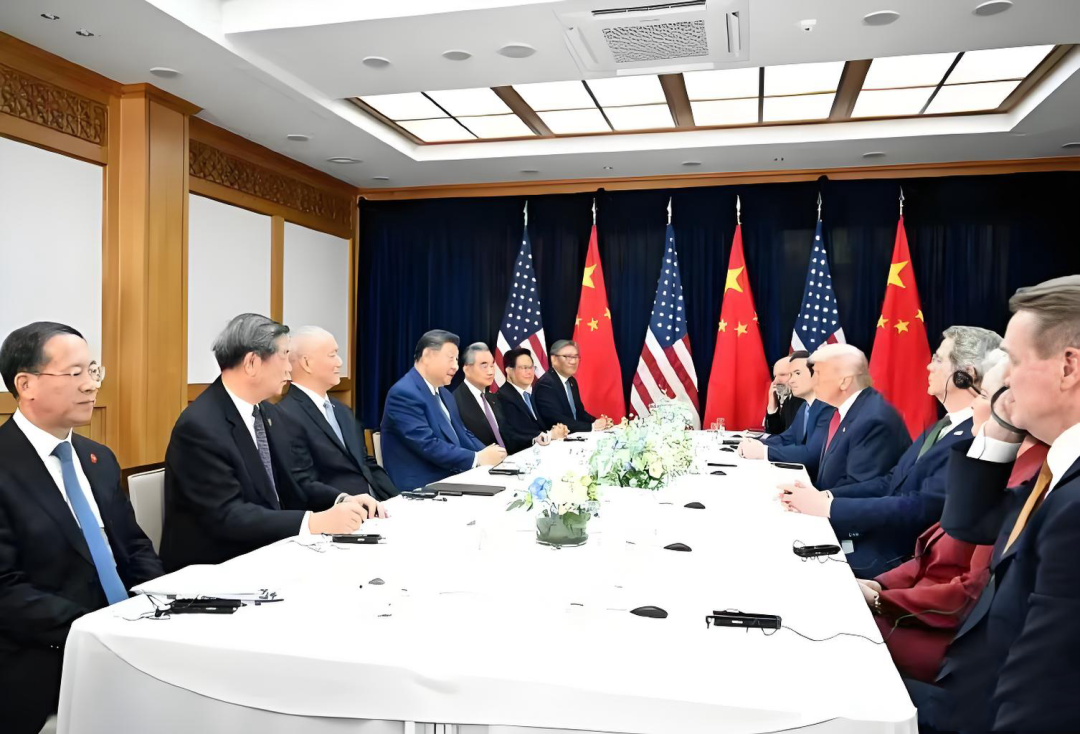
Source: CCTV News, Xinhua News Agency, Caixin News Agency
In his opening address, South Korean President Yoon Seok-yul emphasized,“In an era of heightened uncertainty, the Asia-Pacific can achieve truly sustainable development only through cooperation and trust.“
These words also represent the common sentiment of most countries in the Asia-Pacific region today, that cooperation is greater than confrontation, and that stability is preferable to short-term gains.
2. Economic issues: supply chains, digitalization and green growth
The Gyeongju meeting continuedAPEC‘s main line of“open trade and innovation drive“.
Participants focused on the following topics:
Regional supply chain resilience building:how to avoid single-point risks in key industry chains;
Digital economy cooperation:promoting cross-border data flow and standardization of electronic payments;
Green and sustainable development:enhancing synergies in the areas of new energy, carbon trading and green investment.
Singapore’s Prime Minister said at the meeting thatAPECshould become a“bridge to connect regional economies and harmonize policy rules“, and called for more resilient cooperation mechanisms in areas such as digital regulation, green transformation and financing for small and medium-sized enterprises (SMEs).
China, for its part, has put forwardan initiative to“build an inclusive, mutually trusting and sustainable Asia-Pacific community“and has pledged to continue to contribute certainty to the region’s development.
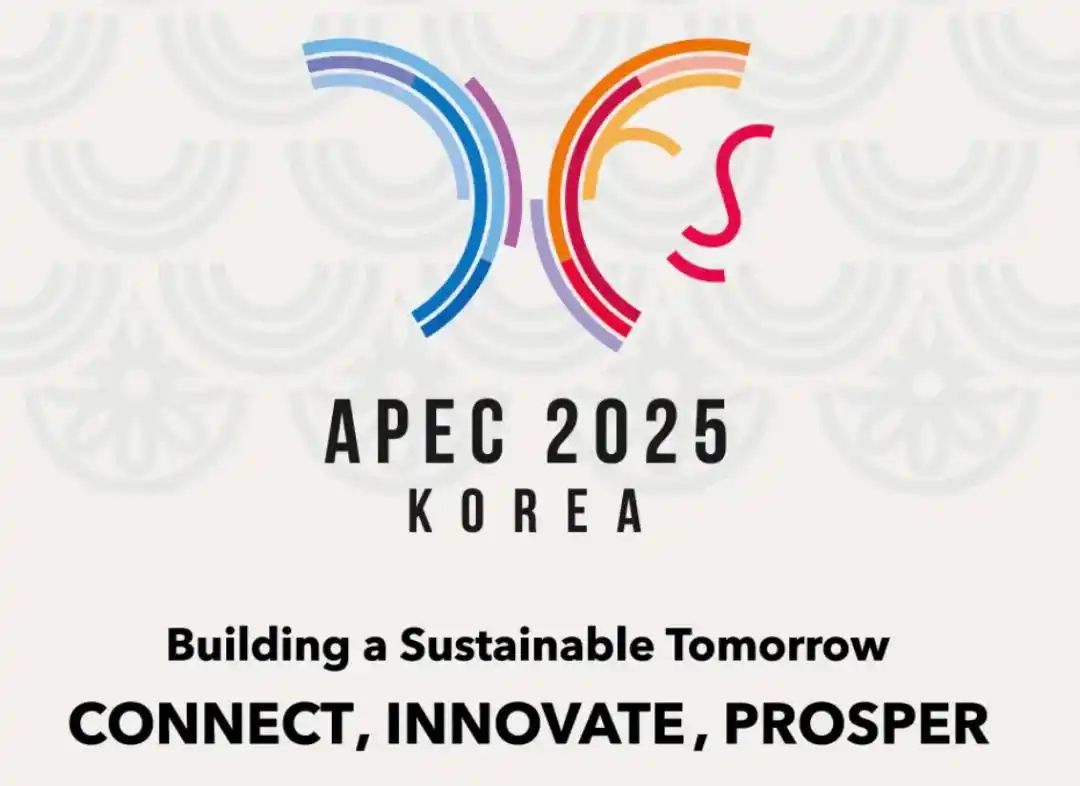
Source: from Beijing Daily
3. Relevance for business and investors
The consensus reached at the summit has led to a short-term rebound in Asia-Pacific capital markets, especially between ASEAN and China, where investment confidence has increased significantly.
In financial centers such as Singapore, Hong Kong, China, and Shanghai, cross-border funds and manufacturing supply chain companies are reassessing the regional layout and
allocate production and investment resources in a more flexible manner.
For entrepreneurs,APECis not only a platform for inter-country dialog, but also a“regional pass“:it determinesthe direction of the flow of capital, technology and talent in the Asia-Pacific region inthe next5to10years.
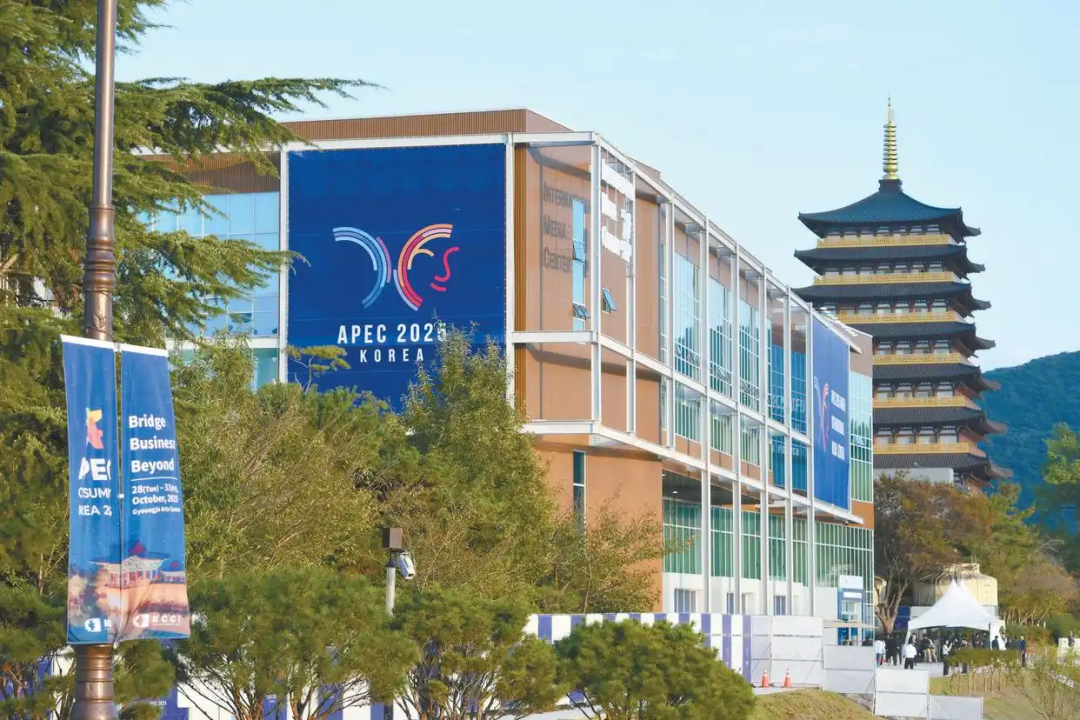
Source: Global Times

II.APECBusiness Card:
Entrepreneur’s“Power of Passage“, China and Singapore Application Strategy
1.Institutional value ofAPECmechanisms: from summits to institutional networks
Foundedin 1989,APECis one of the most influential economic cooperation platforms in the Asia-Pacific region.
It not only hosts leaders’ summits and policy consultations, but has also established a whole set of institutional cooperation mechanisms: from trade and investment facilitation, to mutual recognition of talents and visas, to the development of digital standards.
One of the most practical and relevant policy outcomes for entrepreneurs is the
APECBusiness Travel Card (ABTC).
This card is a“second passport“for business people in the region.
Holders canrealize multiple visa-free entries and fast customs clearance amongapprovedAPECeconomies, andtravel freely to and from major business cities withinfiveyears.
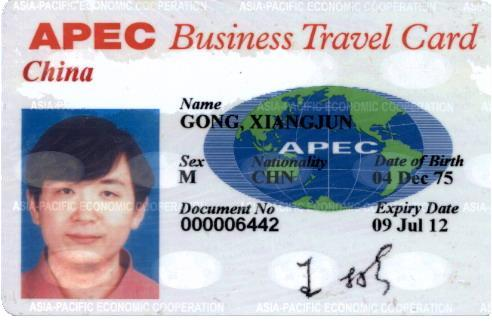

Source:APEC Network, Schematic diagrams
2.Key advantages of theAPECcard
Multi-Country Visa Waiver:Visa-free entryis available in19economiesupon approval, with a typical stay of60to90days;
Fast Customs Clearance:ExclusiveAPECchannel, drastically reducing waiting time;
5 years validity:multiple trips within the validity period, no need to apply for repeat visas;
Electronic facilitation:full support for electronic cards (e-ABTC)from2024onwards, which can be used online once approval is complete;
Regional Business Credit Endorsement:High application threshold and strict scrutiny, also reflecting the applicant’s business credibility.
With the acceleration of regional integration,the Apeccard has become a“basic configuration“for cross-border operators,whether it is Chinese enterprises going to ASEAN to talk about investment, or Singaporean home office in charge of the round trip to China to discuss cooperation, can feel the efficiency and convenience that this card brings.
3. Practice of applying forthe Apeccard forChinese nationals
① Authorities and application channels
The ChinaApecCard isjointly managedbythe National Immigration Administrationand the China Council for the Promotion of International Trade (CCPIT).
Applicants need to be recommended through CCPIT and issued after national approval.
② Eligibility
The applicant must hold a director, officer or principal business position in the registered business;
The enterprise has a background in cross-border trade, investment or technical cooperation;
More than twobusiness tripstoAPECmember economiesin the past three years;
No adverse immigration record.
③ List of materials
Photocopies of passports and identity cards;
Copy of business license;
Proof of incumbency;
Record of travel or letter of invitation;
Certificate of no criminal record.
④Processing cycle and recommendations
The average approval cycle is about6-12months.
It is recommended that enterprises submit through the channels of the Council for the Promotion of International Trade (CCPIT) and provincial commerce bureaus, which can speed up the pre-approval.
If the enterprise is a listed company or a foreign export enterprise, the passing rate will be higher.
4. Guidelines forSingapore Citizens Applying forApecCards
① Competent Authorities and Qualifications
Acceptedby the Immigration and Checkpoints Authority of Singapore (ICA).
The applicant must be a Singapore citizen or permanent resident and hold a director, founder or management position in a registered company.
②Application Process
Log on totheICAwebsite and submit your application online;
Upload passport,NRIC/PRdocuments, companyBizFileinformation and employer letter;
Payment of SGD100application fee;
Approval takes about3-4months;
The electronic version of the card (e-ABTC) can be activated directly by mail.
③Electronic facilitation
Singapore’sABTCsystem has been fully electronic, no need to wait for a physical card after approval, you canshow the QR code to clear customs directlythrough theSingpassapp.
Meanwhile, if passport is updated or information is changed, the system can be synchronized in real time without the need to re-apply.
④Substantive recommendations
The employer’s letter should detail the applicant’s duties and frequency of travel;
Company information needs to beconsistentwithBizFileregistration data;
A trade cooperation or investment contract may be attached as an additional explanation.
5.Popularization ofe-ABTC: digitization for more efficient access
The electronic version ofApecCard has become mainstreamsince2024.
The system supports online checking of the list of approved economies, automatic synchronization of updated status, binding of passport information, and higher security.
For entrepreneurs who frequently travel to and from China, ASEAN, Australia and New Zealand, this meansno need to wait for mail, no fear of loss, and faster customs clearance.
Following the Gyeongju Summit, more and more member countries are announcinge-ABTCas the standard of the future, and Asia-Pacific business travel is moving into the“paperless era“.

Third, looking ahead to China’s home turf:
Expectations ofthe33rdAPECand new opportunities for the region
1. China’s return as a host: a dual significance for diplomacy and economy
In2025,the33rdAPECwill be hosted by China.
This is thesecond time that China will welcome this top regional summit after Beijing in2014.
It is not only an important moment to showcase China’s diplomatic image, but also symbolizes China’s central role in the Asia-Pacific economic cooperation system.
It is widely believed that China’s home year will be based on the theme of“Sharing Development Opportunities, Building an Open Asia-Pacific“, with topics designed around supply chain stability, digital collaboration and green development.
2. Forecast of possible topics
Regional supply chain reconstruction: In the context of a new round of industrial transfer, China may promote the establishment of a closer industrial synergy mechanism between ASEAN, Japan and South Korea;
Rule-making for the digital economy: exploring the balance between cross-border data flows and privacy protection, and promoting the digital transformation of small and medium-sized enterprises;
Green and low-carbon development: establishing a regional carbon market cooperation framework and promoting the interoperability of new energy technologies;
Youth and innovation cooperation: more open communication channels for young Asia-Pacific entrepreneurs and research institutions.
3. Strategic implications for business and investors
China’s homeAPECyear will bring triple opportunities for companies in the region:
Policy dividends can be expected: more trade and investment facilitation measures will be introduced;
Business Exchange Window:The Business and Industry Advisory Conference (ABAC)under theApecmechanismwill attract global entrepreneurs to China;
Capital and Innovation Link: Science and technology, finance and green energy fields will become the new focus of cooperation between Chinese and foreign enterprises.
For Chinese and Singaporean entrepreneurs, this is not only a policy opportunity, but a chance to reshape the business landscape in Asia. ;
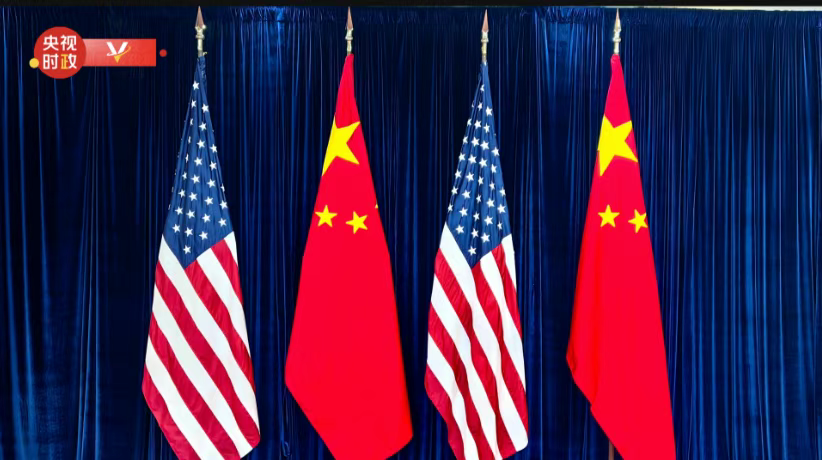
Source: CCTV News, Caixin News Agency
Conclusion: From Summit to Cooperation, From Cards to Trust
From Gyeongju, South Korea, to its future home in China,APECis entering a new and critical phase. It is not just an annual meeting, but a symbol of long-term cooperation and mutual trust among Asia-Pacific economies. The communication between China and the US dollar heads has given the worldhope for a“return to rationality“;the popularization of theApecbusiness card has made entrepreneurs feelthe reality of“facilitated cooperation“; andthe arrival of China’s home turfin 2025will further promote the deeper integration of the regional economy.
The Asia-Pacific of the future is not only a region in the geographical sense, but also an economic network woven by mutual trust, cooperation and openness. In this network, whoever can take the lead in understanding the rules, integrating into the system and seizing the rhythm will be able to occupy a more favorable position in the next round of global competition.
*References from: Caixin,21stCentury Business Herald, Xinhua News Agency, CCTV News, Global Times,APECNetwork, Beijing Daily, Singapore United Morning Post, South Korea’s Kyung Hyang News, Asia Times, comprehensive news reports, reprinted with attribution, infringement of the deletion of contact.
…
👇 Plus V enters Singapore’s largest outbound community 👇

Past Recommendations

